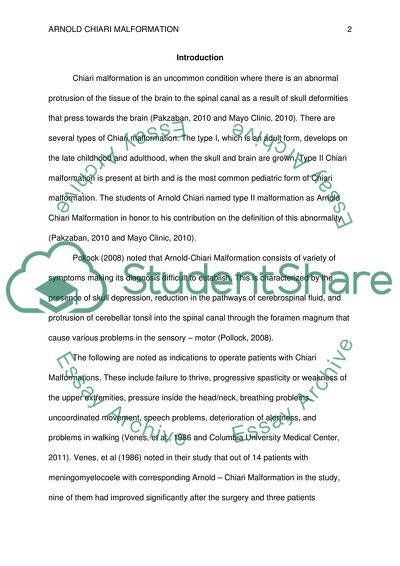Cite this document
(“Decompression Surgery: Sub Occipital Craniotomy and C-1 Laminectomy Research Paper - 1”, n.d.)
Decompression Surgery: Sub Occipital Craniotomy and C-1 Laminectomy Research Paper - 1. Retrieved from https://studentshare.org/health-sciences-medicine/1586892-decompression-surgery-sub-occipital-craniotomy-and-c-1-laminectomy-for-arnold-chiari-malformation
Decompression Surgery: Sub Occipital Craniotomy and C-1 Laminectomy Research Paper - 1. Retrieved from https://studentshare.org/health-sciences-medicine/1586892-decompression-surgery-sub-occipital-craniotomy-and-c-1-laminectomy-for-arnold-chiari-malformation
(Decompression Surgery: Sub Occipital Craniotomy and C-1 Laminectomy Research Paper - 1)
Decompression Surgery: Sub Occipital Craniotomy and C-1 Laminectomy Research Paper - 1. https://studentshare.org/health-sciences-medicine/1586892-decompression-surgery-sub-occipital-craniotomy-and-c-1-laminectomy-for-arnold-chiari-malformation.
Decompression Surgery: Sub Occipital Craniotomy and C-1 Laminectomy Research Paper - 1. https://studentshare.org/health-sciences-medicine/1586892-decompression-surgery-sub-occipital-craniotomy-and-c-1-laminectomy-for-arnold-chiari-malformation.
“Decompression Surgery: Sub Occipital Craniotomy and C-1 Laminectomy Research Paper - 1”, n.d. https://studentshare.org/health-sciences-medicine/1586892-decompression-surgery-sub-occipital-craniotomy-and-c-1-laminectomy-for-arnold-chiari-malformation.


